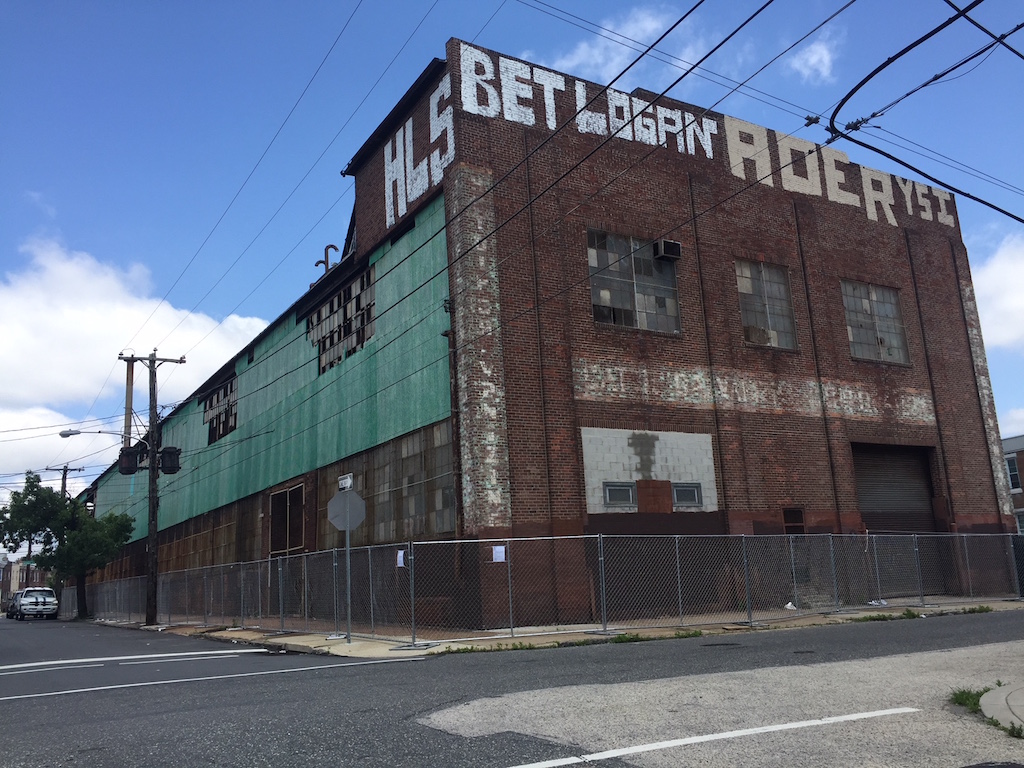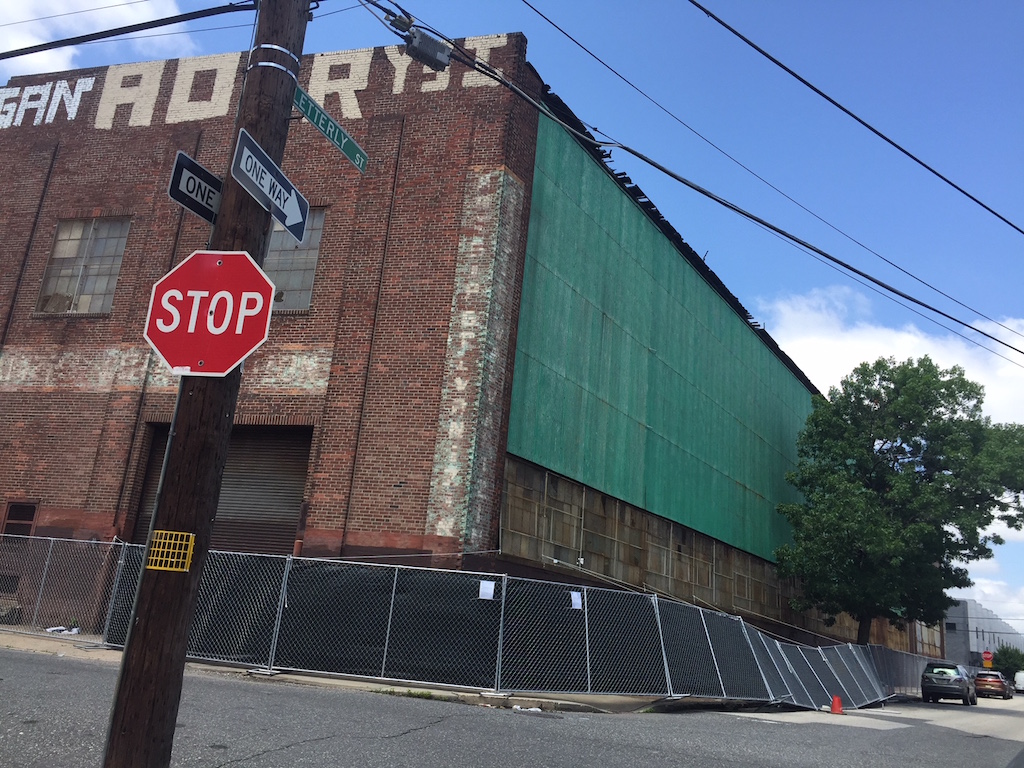When the Hagert Square project came along on the 2400 blocks of E. Hagert and E. Letterly Streets a few years back, we also directed your attention to 2501 E. Hagert St., wondering whether the large industrial building covering the entire property could also get redeveloped. We made fun of the fact that the building looked like it was covered in South-Philly style vinyl awnings, and figured it would eventually get torn down and replaced by town homes. At the time, we only had a limited knowledge of the building’s history, which is described at length on the Olde Richmond Civic Association’s website.



The Cattie Galvanizing Company did business out of this location for many decades. For those that aren’t familiar with this industrial process, it entails dipping steel or iron into molten zinc baths to prevent rusting or corrosion. We use galvanized steel for a variety of things, including car frames, numerous construction products, and playground equipment. While these items are all important and useful in different ways, you probably wouldn’t want to live next door to a place that makes them. The surrounding air quality is certainly impacted, and the idea of living near a place with a large molten zinc bath just sounds unsettling.
Living next door to an active galvanization plant certainly sounds harrowing, but living near a shuttered galvanization plant is currently causing serious concern for neighbors of the Cattie building, or ‘the galvo,’ as it’s called in the neighborhood. Around the end of last year, we told you that developers had purchased the building and were looking to tear it down with an eye toward residential redevelopment. The Olde Richmond Civic Association was pushing back against this effort due to serious concerns about heavy toxic metal contamination plumes in the ground and further contamination in the walls and ceiling of the building. The demo permit was ultimately abandoned by the developers in the face of local opposition.
In April though, the developers again applied for and received a demolition permit for the galvo. ORCA is appealing the permit, citing lack of community notification and questioning the capability of the demolition contractor on the permit. In the appeal (linked above), ORCA asks to delay demolition activity until after July 15th so that near neighbors can take soil samples from their properties to establish a level of current contamination which will ultimately be compared with soil contamination following the demolition of the galvo. If the demolition results in increased levels of contamination, neighbors would be able to determine whether the additional contamination “rises to damages and loss” so that they can “seek recompense and relief.” In other words, if the demolition of the galvo further contaminates the surrounding property owners, the owners of the galvo can expect a raft of lawsuits.
An environment report from 2012 clearly indicates the presence of contaminants on the site which will need to be managed and remediated through the demolition process. We aren’t demolition contractors, so we can’t speak to how easy or complicated it will be for the developers to manage those contaminants such that they don’t impact surrounding properties. As we said previously, we have to think that the state DEP will need to get involved to ensure that neighbors remain safe during this demolition. Ultimately, we have to think that the neighborhood would strongly prefer town homes to the status quo for this site, it’s just a question of how to get there from here. Figure some considerable legal wrangling will be a part of the equation.
